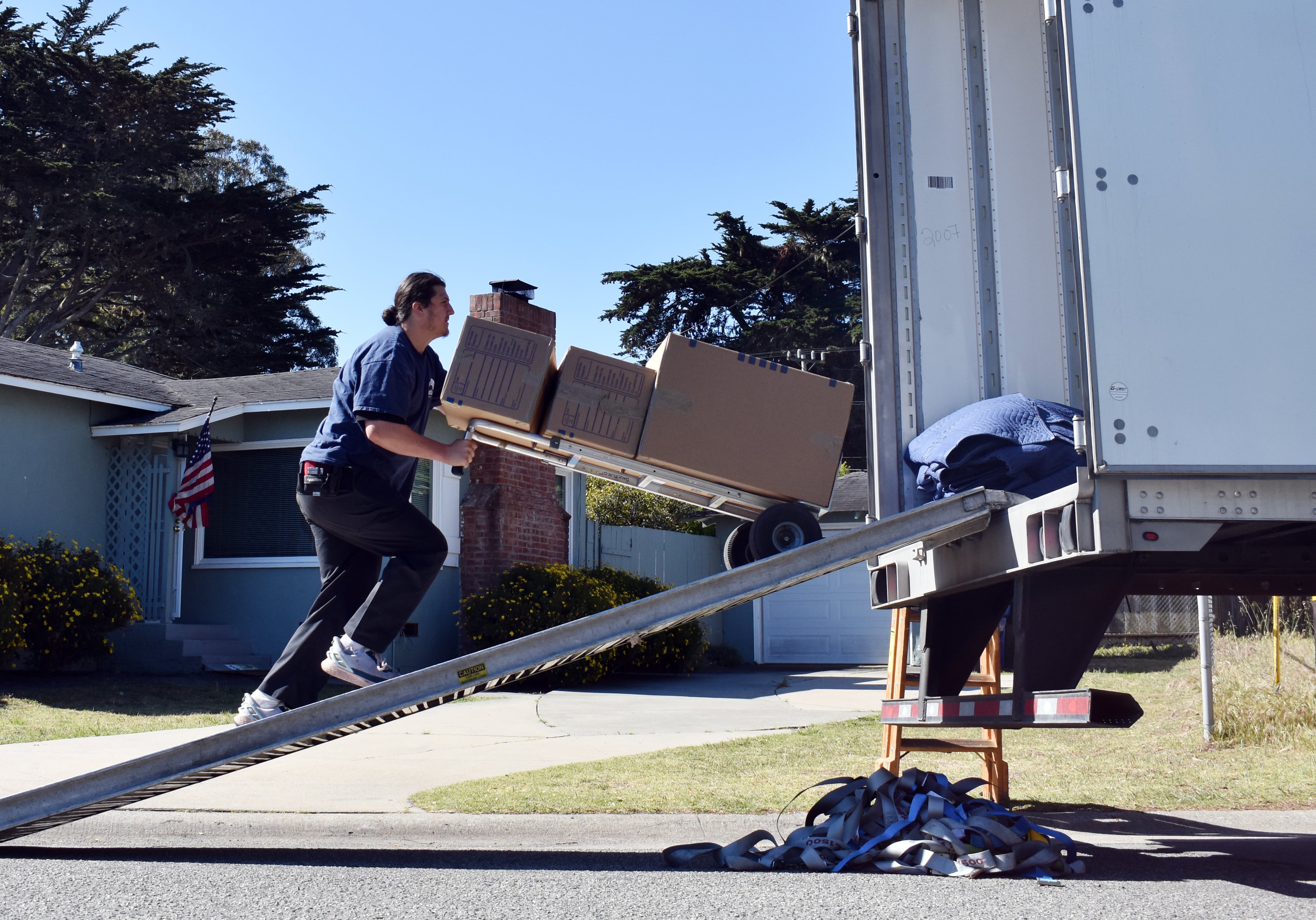SEOUL, South Korea — Hundreds of aircraft, including two dozen stealth jets, began training Monday as the United States and South Korea launched a massive combined air force exercise. The war games come a week after North Korea test-fired its most powerful missile ever, an ICBM that may be able to target the eastern seaboard of the United States.
The five-day drill, which is called Vigilant Ace, is meant to improve the allies’ wartime capabilities and preparedness, South Korea’s defense ministry said.
The U.S. 7th Air Force sent major strategic military assets, including an unusually large number of fifth-generation stealth fighters, for the annual training in the Korean Peninsula. They include six F-22 and 18 F-35 stealth fighter jets. About 12,000 U.S. military personnel are participating. In total, 230 aircraft will be flying at eight U.S. and South Korean military installations.
But the exercise hit a bump Monday when an F-22 Raptor malfunctioned after landing, and had to be towed to a hangar, Stars and Stripes reported. The malfunctioning Raptor reportedly touched down at 8 a.m. at a South Korean base in Gwangju, 170 miles south of Seoul. It could not move after landing, requiring the tow, Stripes reported.
Some local media reported that B-1B bombers will also join aerial drills, but officials did not confirm their participation.
The training, held each year in late fall, is not in response to any incident or provocation, the 7th Air Force said in a statement.
North Korea’s state media said the drill pushes the Korean Peninsula “to the brink of nuclear war.” Such language is typical in North Korean propaganda because the country claims U.S.-South Korean drills are preparation for invasion.
Still, always bad tensions are at a particularly dangerous point as North Korea edges toward its goal of a viable arsenal of nuclear-tipped long-range missiles, and as President Donald Trump ramps up his rhetoric toward the North, threatening, for instance, to unleash “fire and fury” against the country.
Pyongyang will “seriously consider” countermeasures against the drill, and the U.S. and South Korea will “pay dearly for their provocations,” the North Korean Central News Agency said on Sunday before the start of the exercises.
While many South Koreans typically ignore North Korea’s rhetoric, some senior American officials have expressed worry following the ICBM test, North Korea’s third.
On Sunday, Sen. Lindsey Graham, R-South Carolina, said he believes it’s time for U.S. military families in South Korea to leave the country because conflict with North Korea is getting close. The U.S. government has not announced a formal decision to evacuate U.S. citizens from South Korea, and there were no such signs in the diplomatic community in Seoul. An evacuation of dependents by Seoul’s closest ally and major military defender could prompt panic in South Korea and other countries in the region.
In addition to American diplomats and other embassy workers, about 28,500 U.S. troops operate in South Korea, and many come to their posts with their families, who often live on huge, well-guarded military bases.
Also on Sunday, the White House national security adviser said that Trump will take care of North Korean threats by “doing more ourselves.”
“The priorities that the president’s given us [is] to move as quickly as we can to resolve this crisis with North Korea,” Gen. H.R. McMaster told Fox News in an interview.
“If necessary, the president and the United States will have to take care of it, because he has said he’s not going to allow this murderous, rogue regime to threaten the United States.”
NATO Secretary-General Jens Stoltenberg warned Monday that war on the Korean Peninsula “would be catastrophic and it would have global consequences.”
He said the 29-country military alliance “is strong, and united, and NATO is able to respond to any attack, including ballistic and nuclear attacks.”
Stoltenberg added that NATO “will continue to put maximum pressure on North Korea. We will continue to deliver credible deterrence and ... work with our partners in the region.”





